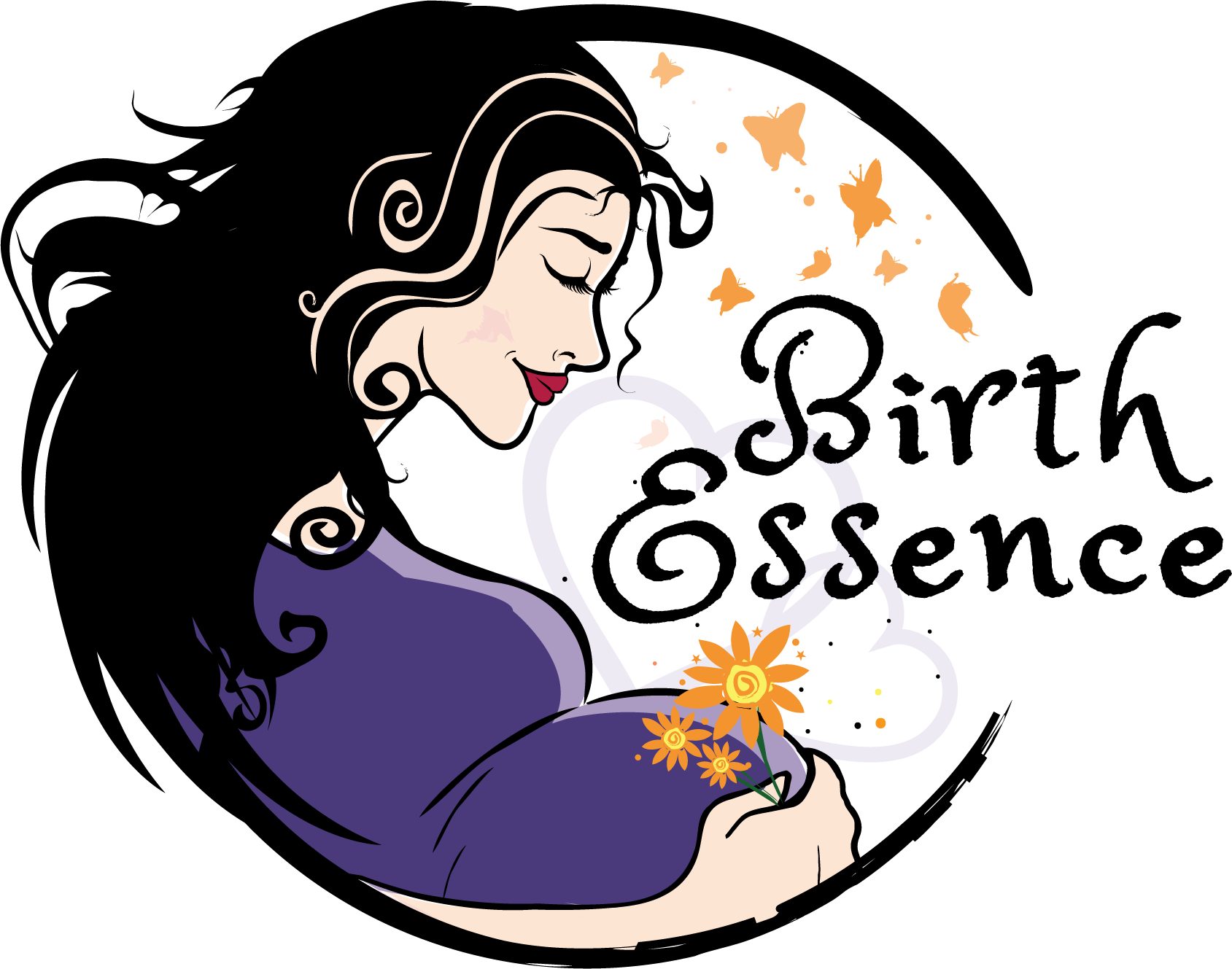Three simple tips to ease your pregnancy and labour, plus ideas to effortlessly implement them into your life: Part one- Squatting

This is the first part of a three part series on three tips for ease during pregnancy and labour that can be easily integrated into your every day activities and suggestions on how to do that. Today I am writing about squatting and how I found an effortless way to integrate the practice into my ordinary life to the benefit of my pregnancy and birth experience.
Bang! Crash! Ball after ball whizzes past my ears. I swerve matrix style keeping my eyes on my target, a foot above my son’s head, just out of reach of his fingertips. I take a deep breath in and throw with all my might watching in satisfaction as the ball sails easily past my son, down the corridor and with excited glee he trots away, out of sight after it.
Enjoying my brief respite I smile in satisfaction too. My hands fall to my belly and I gently stroke my now quite large bump and wonder what my baby thinks of this new game. As my son’s smile lights up the top of the stairs once more and balls renew their relentless downpour I reflect that my children are indeed, as the saying goes, my best teachers. Thanks to my son’s delight in the ‘stairball’ game I now have a regular squatting practice, cardiovascular work out and am getting toned arms to boot.
 I was already aware that gentle exercise in pregnancy was beneficial, particularly given our overly sedentary lifestyle. I knew being fit was useful as labour can be a pretty intense experience that has been compared to the energetic output of running a marathon. I felt fairly fit and active. I had to be looking after my young son. I had been active in his pregnancy too, swimming, pregnancy yoga and lots of walking. I continued with these as they were all enjoyable activities I could do with my son. But I wondered about my core strength. I wondered if I was doing enough.
I was already aware that gentle exercise in pregnancy was beneficial, particularly given our overly sedentary lifestyle. I knew being fit was useful as labour can be a pretty intense experience that has been compared to the energetic output of running a marathon. I felt fairly fit and active. I had to be looking after my young son. I had been active in his pregnancy too, swimming, pregnancy yoga and lots of walking. I continued with these as they were all enjoyable activities I could do with my son. But I wondered about my core strength. I wondered if I was doing enough.
The words of Ina May Gaskin echoed in my mind, “Squat 300 times and you are going to give birth quickly.” Ina May is pretty cool and her results speak for themselves (Only 1.4% Caesareans and 68.8% Intact Perineum from 2028 births for example*) so taking her advice on squatting seemed like a good plan. But despite a strong, strong desire to ensure I was doing everything I could to promote a smooth labour and birth my resistance to actually squatting on a regular basis was huge. I bet there are many who struggled as much as I did to implement this simple, useful, and easily accessible piece of advice. I tried a few times but quickly got bored and found an excuse to do something else. On other occasions I simply forgot and would be reminded later with a twinge of guilt, not enough of a twinge to get me off the sofa though, Until the game…
Suddenly I was squatting for between 20 minutes and 2 hours a day. Not continuously for 2 hours, I cried off for breathers and I listened to my body, building up my stamina for this new activity gradually. But each time the balls came flying down the stairs I carefully bent my knees in a squat until I could reach the ball.
The barrier to squatting successfully broken I began to find other ways to incorporate squatting into my daily life. Where I’d been going wrong was to doggedly persist in the one solid session approach which just wasn’t working for me.
I found that on the rare days when ‘stairball’ game was not part of the curriculum I could use the stairs as a reminder and squat once at the bottom and top of the stairs each time I went up or down them. Which was fairly often given the state of my memory and the needs of my bladder during later pregnancy. I used the stool bought to help my son access the toilet so I could adopt a squatting position there too. I also replaced bending over with squatting whenever I needed to pick something off the floor. The repetition gradually sunk into my mind and body and I found I was creating a habit. I was remembering more easily that I was intending to do lots of squatting and each time I was reinforcing the habit some more. Not that I needed too much internal reinforcement when my son was around…
The key ingredients to my new success as taught by my son: 1. Make it fun, 2. integrate it into what I was already doing and 3. build it up gradually.
Since then I have applied these principles to other areas of resistance in my life to great effect. Such as my impromptu yoga sessions : I no longer wait to find a full hour slot. I do what I can where I can, shorter and more often. I add in random moves such as cat stretch whilst playing horses with my children, or even deliberate poses when the music stops in musical statues.
Thinking up innovative ways to maintain connection with much loved yoga practice and other facets of my former life has been lots of fun, once I broke out of my box. Just as the brainstorming exercise of finding 50 uses for a particular object helps break us out of creative stupor by forcing us to get creative in limiting circumstances, so I am no longer am I confined to my box of how I have always done it, now the box is a boat, a rocket, a hat, and suddenly a world of possibilities is opening up in seemingly unconnected areas.
Back to the squatting, did all this effort pay off in the way Ina May intimated? Well it was certainly not the only factor but my son was born easily at home in approximately 3 1/2 hours from start to finish, and my arms still look great. So I would count that as a resounding Yes!
Note/disclaimer
Incorporating exercise into pregnancy in the context of our often sedentary modern lifestyle is a great and healthy thing but must be done appropriately to your individual fitness and health. When starting anything new and particularly during pregnancy be mindful of your body and start small and gently. Be kind to yourself, listen to your body.
Here are a three posts with more detailed information on how to squat safely and effectively and why it is useful in pregnancy. http://www.katysays.com/the-hunting-and-gathering-mama/
http://www.pregnancyexercise.co.nz/dont-squat-during-pregnancy/
The suggestions in this post for exercise are not intended to replace advice by your midwife, doctor or other health professional. If in any doubt as to the suitability of any exercise please consult your doctor of other qualified health or fitness professional for advice. BirthEssence is not to be held liable for any injury or misadventure from following advice in this post and appropriate supervision and/or medical advice should always be sought.
* Information from Ina May’s Guide to Childbirth, Ina May Gaskin, 2003 Vermilion Appendix.
Click the photo to the left or link above to read reviews of her excellent book or to buy.

